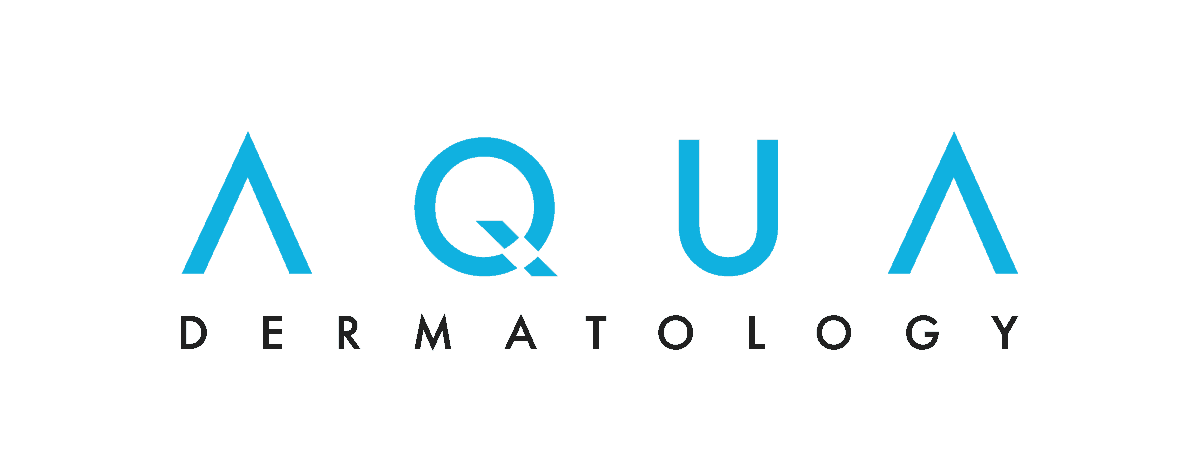
Medical Review By: Denise Guevara, DO
To treat wrinkles, should you slather on the wrinkle cream or book a Botox appointment?
Understanding which types of wrinkles each one treats can help you make the right decision. For example, an over-the-counter or prescription-strength retinol or retinoid cream is noninvasive and cheaper than Botox. (Retinols are weaker versions of retinoids, which are available by prescription. Both are derivatives of vitamin A.) With continued use, you should see a reduction in wrinkles over a matter of weeks or months.
On the other hand, you may get faster, more dramatic results with Botox, which blocks nerve signals to the injected muscles, reducing the muscle activity that leads to wrinkles. With Botox, wrinkles are often reduced or eliminated within a week, and the treatment takes just 10 to 15 minutes.
But the truth is that Botox, while powerful, is not always more effective than wrinkle cream.
“The choice between using or getting Botox injections depends on whether you have static wrinkles or dynamic wrinkles,” explained Denise Guevara, DO, a board-certified dermatologist at Water’s Edge Dermatology.
Wrinkle cream for static wrinkles
Wrinkle cream is the better option for static wrinkles, according to Dr. Guevara. Examples of static wrinkles include neck wrinkles, wrinkles under the eyes and marionette lines, which start at the corners of the mouth and extend down to the chin.
Static wrinkles develop as a result of age-related skin changes. Over time, the body produces less collagen and elastin, proteins that keep skin plump (collagen) and firm (elastin). As levels decline, the face loses volume and the skin becomes thinner, which leads to wrinkled, sagging or crepe-y skin. Sun damage, pollution, smoking and vaping all speed up the process. Retinol creams help reverse it.
“Retinol diminishes the appearance of wrinkles and lines because it boosts collagen and elastin production, making your skin look more plump and youthful,” said Dr. Guevera.
It may take some time for your skin to get used to the active ingredient in these creams. If the concentration is too high, you may experience stinging, peeling, redness or dryness, especially if you have sensitive skin. Your dermatologist can help you choose the right concentration.
Dr. Guevara recommends using a retinol cream only three times a week instead of every day to avoid irritation.
Botox for dynamic wrinkles
Botox is the better choice for dynamic wrinkles. These are caused by repetitive facial movements such as smiling, frowning and squinting. When you’re young, dynamic wrinkles are temporary because elastin allows the skin to snap back into place. But as elastin declines, these lines eventually become permanent.
Examples of dynamic wrinkles include worry lines (vertical wrinkles between the eyebrows, also known as elevens), horizontal forehead wrinkles and smile lines (wrinkles that develop around the sides of the mouth).
Like static wrinkles, dynamic wrinkles can develop prematurely. Smoking, for example, causes people to squint and pucker their lips, creating dynamic wrinkles at the corners of the eyes (crow’s feet) and creases around the edges of the lips.
“Dynamic wrinkles can also form sooner in people who simply have very expressive faces, meaning their face moves more than average when they’re speaking or reacting to something,” noted Dr. Guevara.
Botox works for dynamic wrinkles because it temporarily paralyzes the facial muscles that cause them. Botox injections can treat existing wrinkles but also prevent dynamic wrinkles from forming. It’s a good idea to start getting Botox injections in your late 20s, according to Dr. Guevara. You may want to start even earlier if you have a particularly expressive face.
Still not sure which is the better option for you? Consult a dermatologist.
Article Written By: Jessica Brown, a health and science writer/editor based in Brooklyn, New York. She has written for Prevention magazine, jnj.com, BCRF.org and many other outlets.





